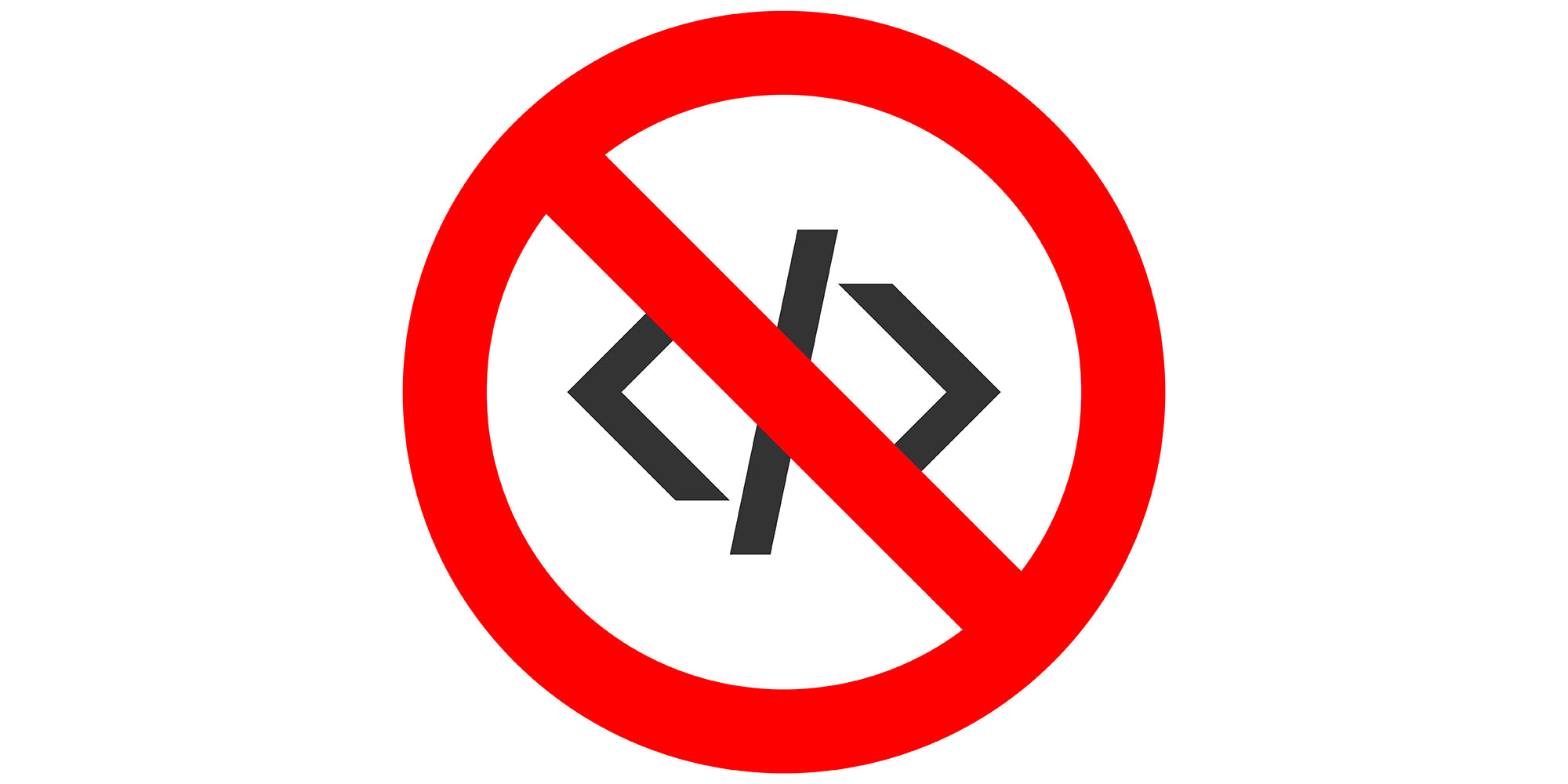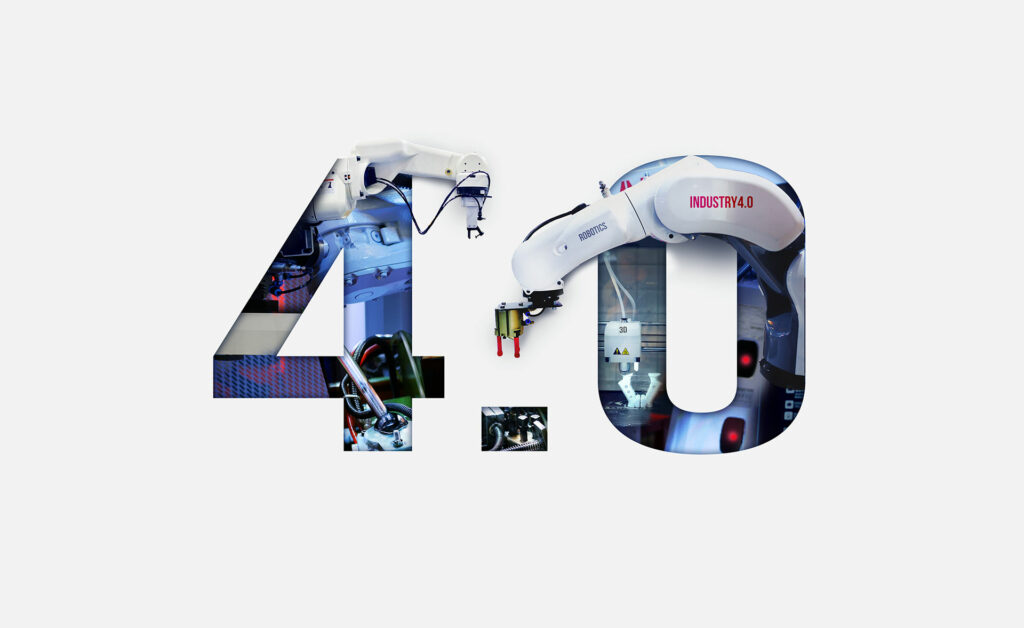It’s easy to jump on a bandwagon, especially in technology circles. When the next ‘killer app’ comes along (or the next Twitter starts to emerge), every protagonist, futurist, evangelist (and possibly a few tech-polygamists) wants a share of voice and a slice of the market pie.
Many times this results in organisations developing copycat products. These are software applications and tools produced by vendors who develop some form of ‘me too’ offering that aims to compete in the same space.
Sometimes these vendors simply ‘wash’ (i.e. rename) their existing offerings with a new label. Cloudwashing, open source washing, automation and AI washing – they all exist – and they all refer to a sometimes quite cosmetic re-branding, where true hard core engineering has not actually occurred.
Low-code is the new high ground
Latest among the sub-disciplines of IT ripe for copycat branding is low-code. Not actually particularly low, low-code offers professional programmers a degree of pre-configured templates and accelerators to make some tasks faster. Low-code is still comparatively deep programming, but its shortcuts do validate the use of the term i.e. it is somewhat ‘lower’ in terms of coding burden.
Analyst house Gartner has stirred its pot of magical potions this year to come up with an estimate which suggests that as many as 80 percent of technology products and services will now be built by individuals who are not technology professionals, with code shortcuts having a driving impact on that figure.
Although Gartner’s arguably quite finger-in-the-air figures are interesting, they should perhaps be regarded as no more than an already identified compass bearing, rather than a core market deliverable. So as low-code is joined by no-code, where business professionals can ‘build’ application functionalities using drag-and-drop visual interfaces, will there be a price to pay?
Chief technology evangelist at low-code software application development specialist Mendix is Nick Ford. Reminding us that the COVID-19 pandemic put increased pressure on IT departments that were already stretched, Ford says that forms of citizen development (no-code, rather than low-code then) are the best way to fix this problem.
“These platforms enable IT departments to partner with the business function to build solutions the organisation needs – faster and with less rework. The business users know their domain better than anyone else and working collaboratively will ensure that the right processes and technology are in place,” said Ford.
“These platforms enable IT departments to partner with the business function
to build solutions the organisation needs – faster and with less rework.” Nick Ford / Mendix
Business users know business use cases
Mendix’s own research suggests that some 60 percent of UK workers want to put their skills to use by supporting their organisation’s digitalisation projects. As low-code/no-code now develops, both techniques, platform styles and methodologies are having an impact on enterprise software stacks, with ERP clearly being a key target area for short-cutting the development of functions that suit business users.
The question we are posing then is: how far can low-code/no-code be applied in the ERP space and, crucially, will it lead to an increase in technical debt where applications and services need to be fixed, patched and replaced over time?
Modern application development company OutSystems says that more than two-thirds of IT leaders identify technical debt as a major threat to their company’s ability to innovate. The organisation’s 2021 ‘Growing Threat of Technical Debt’ report examines the cost of technical debt facing businesses across defined industries and geographies.
“The combination of old code along with the new generation of mobile apps, stack applications and SaaS sprawl are robbing organisations of resources, time and the ability to innovate,” said Paulo Rosado, CEO and founder of OutSystems. “Our report shows that technical debt will continue to compound. It requires a new approach to move past it and innovate at a pace and scale for true competitive advantage.”

“The combination of old code along with the new generation of mobile apps, stack applications and SaaS sprawl are robbing organisations of resources, time and the ability to innovate.” Paulo Rosado / OutSystems
The technical debt cost factor
As businesses strive to rebuild following the challenges of the pandemic, technical debt has emerged as a major roadblock to innovation and recovery, especially for enterprises focussed on growth. Technical debt is generally defined as a technical design or development choice made for short-term benefit, but with inevitable long-term consequences.
Technical debt happens when organisations decide to develop solutions that can be implemented quickly to maximise speed of implementation and deployment, rather than ones that are optimised for future use and longevity. Just like financial debt, technical debt ultimately needs to be paid back in the form of software engineering processes focussed on refactoring any clunky quick-fix code solutions.
According to the OutSystems study, technical debt is a misunderstood phenomenon impacting all kinds of organisations that is too often ignored or reluctantly accepted because it is just a fact of life. “Simply put, technical debt is the coding you have to do now because of the shortcuts you took yesterday. More specifically, it’s the technologies and time spent maintaining old, bad and broken code, rather than developing new ideas,” notes the company.
Our question was, will low-code/no-code drive the creation of technical debt? The specialist vendors in this space are obviously arguing that it won’t; Mendix is saying that aligning the IT and business function through these tools counters the technical debt problem and ultimately creates software (in this case, ERP suite functions) that are more closely aligned to users’ needs.
The OutSystems CEO concurs and is obviously stressing the need for a new and modernised approach to software development. His firm has said that the good news is that it’s entirely possible to pay off technical debt creating a development process that meets both short-term deadlines and long-term strategic goals. By carefully aligning modern application development platforms, organisational structures and team priorities, an ERP-centric IT team should be capable of chipping away at their debt without compromising the timelines of their current projects.
A more balanced argument would perhaps suggest that the low-code/no-code road will not be without its bumps. Some applications will be created in haste, some on a hunch (without an exhaustive use case analysis process) and some may even be created to serve unproductive workflows or parts of the business that do not propel the organisation forward in the right way.
Policy, protocol and procedure
But there is still hope. Professionally engineered low-code/no-code platforms provide a degree of self-checking policy-based controls to ensure that users cannot simply start to create applications and application extensions without due care and attention. Importantly for ERP applications, these same checking protocols will also ensure that business users don’t start to make use of datasets that are private, sensitive or subject to some form of legislative regulations.
Traditionally (by which we mean in pre-pandemic times) companies in the health care and social assistance category have incurred significantly higher technical debt issues than many other industries. That unfortunate status may have only increased over the last 18 months. Also, high ranking for technical debt are firms in banking, finance and insurance; education; government and public administration; utilities; and media and telecommunications.
Mendix’s Nick Ford says that he sees a way forward. He explains that when it comes to ERP specifically, APIs and the interconnectivity they offer can open up core ERP systems to external additional applications and services. This process can then enable differentiated solutions to be built on top and away from the core, which in theory, is another smart side-stepping mechanism to avoid technical debt.
“Low-code ERP also comes with guardrails and controls within the platform itself. This helps the apps created with it to preserve the integrity of the ERP system. Unlike legacy systems, organisations are able to take advantage of upgrades and new releases. These same organisations can also implement components that maintain business rules which users can’t break, ensuring low-code is used in a responsible manner. Essentially, low-code platforms reduce the need for refactoring, as best practices and common patterns are built-in,” said Ford.
Learn, productise, sell to all
Equally passionate on this subject is Sathya Srinivasan in his role as vice present of solutions consulting at low-code pioneer Appian. Srinivasan is realistic about the fact that most ERP vendors take all their learning and experience from client implementations over the years, only to then productise them into a software offering. This means that all ERP buyers will end up getting the same, standard solution.
“Some organisations might be happy with that type of standard off-the-shelf offering, but it won’t work for everyone, because every company and their business needs are unique. When any company starts customising a standard ERP solution, that is where the challenges come in. This puts more pressure on IT to deliver the solution on time, which adds to technical debt. Furthermore, once the ERP solution has been implemented, IT has to work very hard to keep those up-to-date, secure and prepared for migration when new versions come out,” explained Srinivasan.

“Some organisations might be happy with that type of standard off-the-shelf offering, but it won’t work for everyone, because every company and their business needs are unique.” Sathya Srinivasan / Appian
What Srinivasan is calling for is not just low-code (and perhaps a degree of no-code) to create applications faster or generate more code, but for IT and business to create applications hand-in-hand at speed. He sees the greatest advancements reaped in environments where business leads to visualise an application in a simple and intuitive matter with no programming knowledge. Then, subsequently, for IT to quickly transform this vision into a functioning prototype and deploy an enterprise business application in the field with security and scalability.
“This is how complex enterprises can leverage assets that they have to be successful, including existing ERP systems. This does not only apply to just ERP systems, but to any complex business applications that organisations are currently maintaining and managing. Most products will continue to evolve and be more user friendly for the business and IT. They do this by either hiding the complexity through more intuitive interfaces, or they create layers and connectors that makes it easier for people to collaborate and systems to work together,” said Appian’s Srinivasan.
Visualised workflow functionalities
From the Appian team’s perspective, the new code for programming today is to visually represent a business workflow challenge first. This way, organisations can visually conceive what the business wants and give the IT function a better steer on taking care of scalability, security, maintenance and upgrade. All of which, again in theory, should work to reduce technical debt.
As a trend then, we can see where low-code/no-code has the potential to chip away at older monolithic approaches to ERP suite applications and services development. These coding accelerators are breaking apart the previous methods used to extend and augment modern systems.
“Most truly progressive contemporary ERPs have essentially become low-code platforms with no-code elements in them. This offers users the ability to perform ‘simple’ configuration via drag-and-drop functionality to create applications, data services and so on,” said Jaco Vermeulen, CTO of BML Digital.
“An important consideration with all the low-code/no-code platforms is that for the life of that application in question, the organisation will be tied to the providing platform. It won’t be easy to port code to other servers and just get developers to write custom code and augment an application outside of the platform – and if the business wants to extract the IP, then it requires a complete rebuild in full code or a process to replicate it in a similar platform,” he added.
But Vermeulen is balanced about what these platforms can do and says that low-code/no-code should not be viewed as a means of fixing ERP technical debt in the first instance.
Instead, he says that the role of low-code platforms in ERP (along with a degree in RPA) exists to compensate for legacy ERP systems and stand-alone bespoke applications where they come up short. He advocates moving to a contemporary SaaS-based ERP system that is centred on strong configuration control as the only prudent approach to eliminating technical debt.
The coming together of low-code/no-code with ERP systems that have long promised better customisation controls was always going to be a thorny subject. This discussion is not over; if anything this analysis is merely the start of two major enterprise software forces coming together. Whether we take the no-code or the low-code road forwards, our goal is to reduce technical debt and head for ERP gold.




